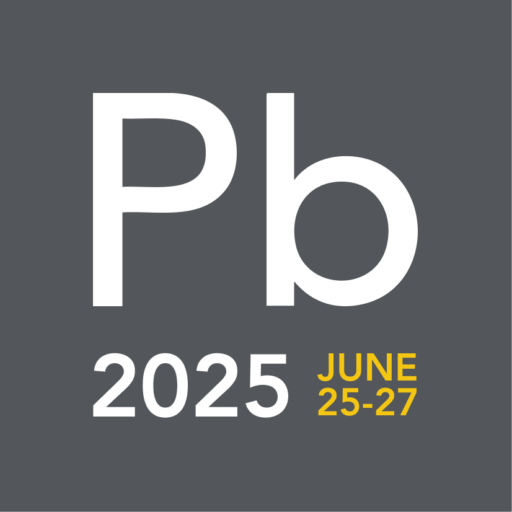Carbon footprint of lead acid batteries - requirements, methods and reduction
Agenda for
25-27 June
2025

Georg Meckl
VP of Technical Projects and Decarbonisation, Exide Technologies, Germany
Article 7 of the EU Battery Regulation requires disclosing the product carbon footprint (PCF) information for industrial batteries (>2kWh) by February 18, 2026 or 18 months after entry into force of the delegated act describing the methodology to calculate the PCF. To meet this deadline, the delegated act should have been available by August 18, 2024. This delay postpones the requirement to disclose the PCF information to beyond August 2026.
In parallel to the Battery regulation there are further stakeholders who are interested in the PCF of batteries which goes even beyond the requirement of the Battery regulation
a.) Customers are asking for this information to allow them the calculation of their Scope 3 emissions. Their demand includes all kind of lead acid batteries including SLI and batteries below 2kWh.
b.) CSRD reporting (for the “own” company) requires the consideration of “purchased goods”, distribution, use phase and End of Life treatment of sold products – in our case batteries.
The JRC draft about the methodology to calculate the PCF advises to use ISO Standards 14040 and 14044.
To consider the complete product life cycle, the life cycle can be split into 4 phases:
• Manufacturing including the raw materials as “cradle to gate”
• Distribution of the product
• Use phase (not requested by the battery regulation)
• End of Life treatment
The use of primary (e.g. own production sites) and secondary data (e.g. from available databases) will be shown accordingly in a simplified model, e.g. raw material extraction, energy mixes, BOM data.
Hot spot analyses of a PCF will be used to define actions to reduce the PCF in the different life phases of a product.
In parallel to the Battery regulation there are further stakeholders who are interested in the PCF of batteries which goes even beyond the requirement of the Battery regulation
a.) Customers are asking for this information to allow them the calculation of their Scope 3 emissions. Their demand includes all kind of lead acid batteries including SLI and batteries below 2kWh.
b.) CSRD reporting (for the “own” company) requires the consideration of “purchased goods”, distribution, use phase and End of Life treatment of sold products – in our case batteries.
The JRC draft about the methodology to calculate the PCF advises to use ISO Standards 14040 and 14044.
To consider the complete product life cycle, the life cycle can be split into 4 phases:
• Manufacturing including the raw materials as “cradle to gate”
• Distribution of the product
• Use phase (not requested by the battery regulation)
• End of Life treatment
The use of primary (e.g. own production sites) and secondary data (e.g. from available databases) will be shown accordingly in a simplified model, e.g. raw material extraction, energy mixes, BOM data.
Hot spot analyses of a PCF will be used to define actions to reduce the PCF in the different life phases of a product.
Bio
Dr Georg Meckl has worked almost 35 years in the lead acid battery industry covering various technical positions, most recently as VP of Technical Projects & Decarbonisation from February 2025. Prior to this he held positions within Exide - 2018 to 2025 VP R&D and VP Basic Research, 2011 - 2018 as VP Application of Advanced Batteries onboarding Lithium portfolio and 2007 - 2011 Operations (Plant and VP Ops). Georg has a PhD in chemistry.


